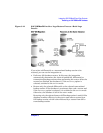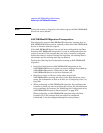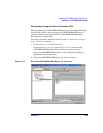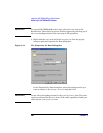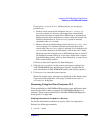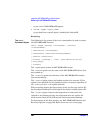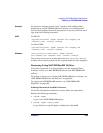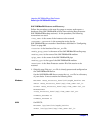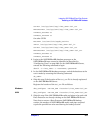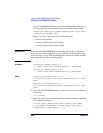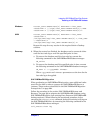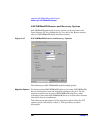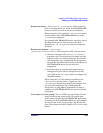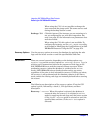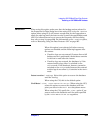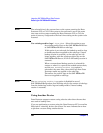
Integrating SAP DB/MaxDB and Data Protector
Restoring an SAP DB/MaxDB Database
Chapter 3 301
OUTPUT /var/opt/omni/tmp/<inst_name>.bsi_out
ERROROUTPUT /var/opt/omni/tmp/<inst_name>.bsi_err
TIMEOUT_SUCCESS 60
TIMEOUT_FAILURE 30
On other UNIX:
BACKINT /usr/omni/bin/sapdb_backint
INPUT /var/opt/omni/tmp/<inst_name>.bsi_in
OUTPUT /var/opt/omni/tmp/<inst_name>.bsi_out
ERROROUTPUT /var/opt/omni/tmp/<inst_name>.bsi_err
TIMEOUT_SUCCESS 60
TIMEOUT_FAILURE 30
2. Login to the SAP DB/MaxDB database manager as the
SAP DB/MaxDB user created or identified as described in
“Configuring Users” on page 263. On the SAP DB/MaxDB Server,
execute the following command to login:
dbmcli -d <inst_name> -u <username>,<password>
3. In the SAP DB/MaxDB database manager, switch the database to the
Admin mode by executing the following command:
db_admin
4. Skip this step if the location of the bsi_env file is already registered
on the SAP DB/MaxDB Server.
Register the location of the bsi_env file as follows:
Windows dbm_configset -raw BSI_ENV <location>\<inst_name>.bsi_env
UNIX dbm_configset -raw BSI_ENV <location>/<inst_name>.bsi_env
5. Skip this step if the SAP DB/MaxDB media and pipes to be used with
Data Protector are already existing on the SAP DB/MaxDB Server.
Note that to restore a Data Protector SAP DB/MaxDB backup
session, the number of SAP DB/MaxDB media and pipes required
equals the parallelism value used during the backup session.



